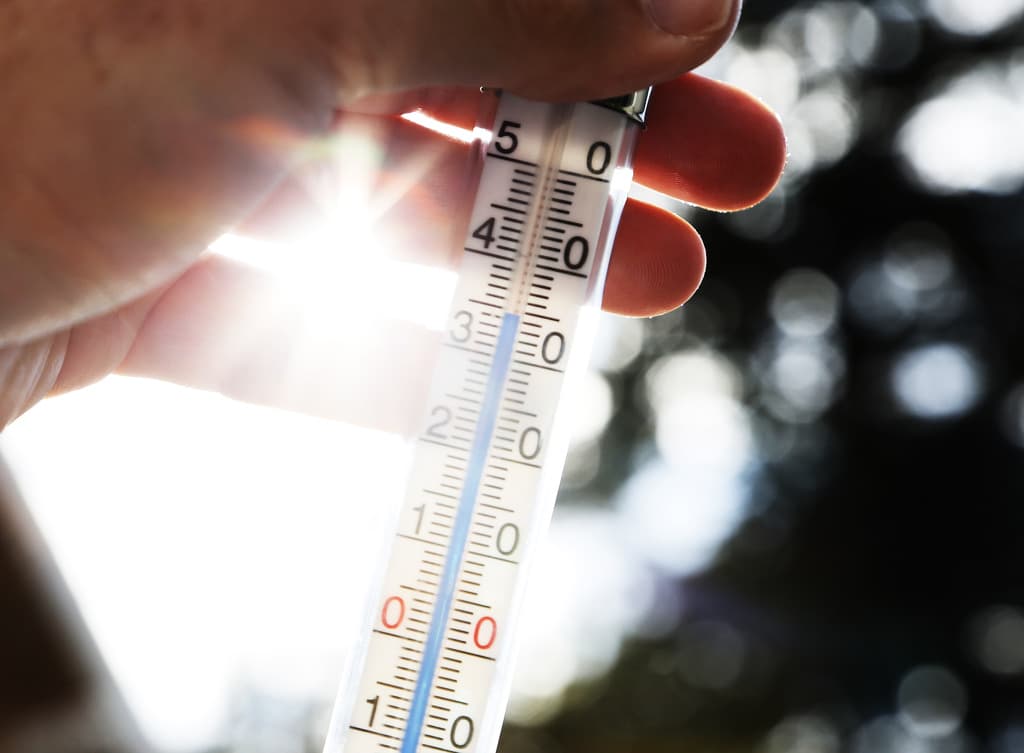A heatwave has swept across the country and everything indicates that there will be more to come. In Stockholm, it could mean 60 days of heatwaves by the end of the century.
This affects the entire society and demands adaptation.
The issue of heat is quite new to us in Sweden. We have been used to planning our society for harsh cold, not heat. Now we need to think again, says Martina Söderström, division manager at the consulting firm Sweco.
Research shows that heatwaves will become more frequent and intense due to climate change. The need for protection is urgent, according to Sweco, which has analysed the heat in 24 European major cities in a new report.
The record-hot 2018 had Stockholm experiencing 25 days of heatwaves, according to the definition "a consecutive period when the daily high temperature is at least 25 degrees for at least 5 days in a row". However, by 2100, the city risks having an additional 37 days – an increase of 150 per cent. In Copenhagen, the number of days with heatwaves could increase by 160 per cent.
Vulnerable Groups
So far, municipalities and other actors have had a strong focus on protecting vulnerable groups such as the elderly, children, and the sick.
But it's about taking measures when the heatwave has already arrived. What we see in our report is that we need to incorporate heat as an important factor in our long-term planning.
What needs to be planned for is that heatwaves affect the entire society, emphasizes Söderström.
I think very few understand the consequences it has. It's not just the heat itself, but it also affects forestry, agriculture, and water supply, she says.
When looking at how heatwaves affect the population, there are also socio-economic aspects to consider.
When you look at heat in relation to education, income, and work, you see that vulnerable groups risk being affected even more severely by heat.
As an Element
Cities are particularly vulnerable during a heatwave. Hard materials like asphalt and concrete absorb sun and heat and function almost like elements.
In a million-programme area with little greenery and water, it becomes extremely hot. But it's not just about how areas are planned, but also what opportunities people have to get to green areas or water to cool down.
Many of the solutions that make the city more adapted to heat are the same as those already recommended against high water flows.
The nice thing about nature-based solutions is that the same things that help against drought help against flooding, says Söderström.
The blue-green infrastructure, such as open stormwater solutions and trees that provide shade and cooling, retain water so that you can buffer both when it rains too much and when it's dry.





